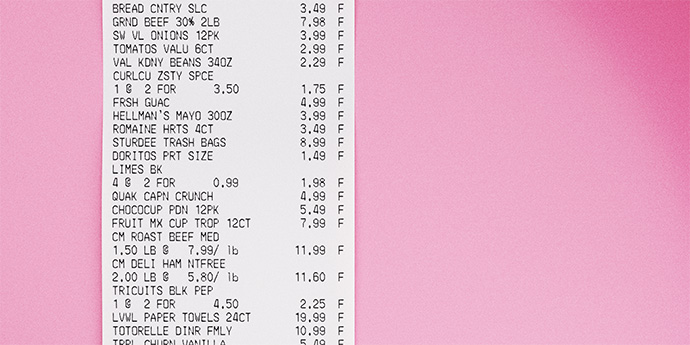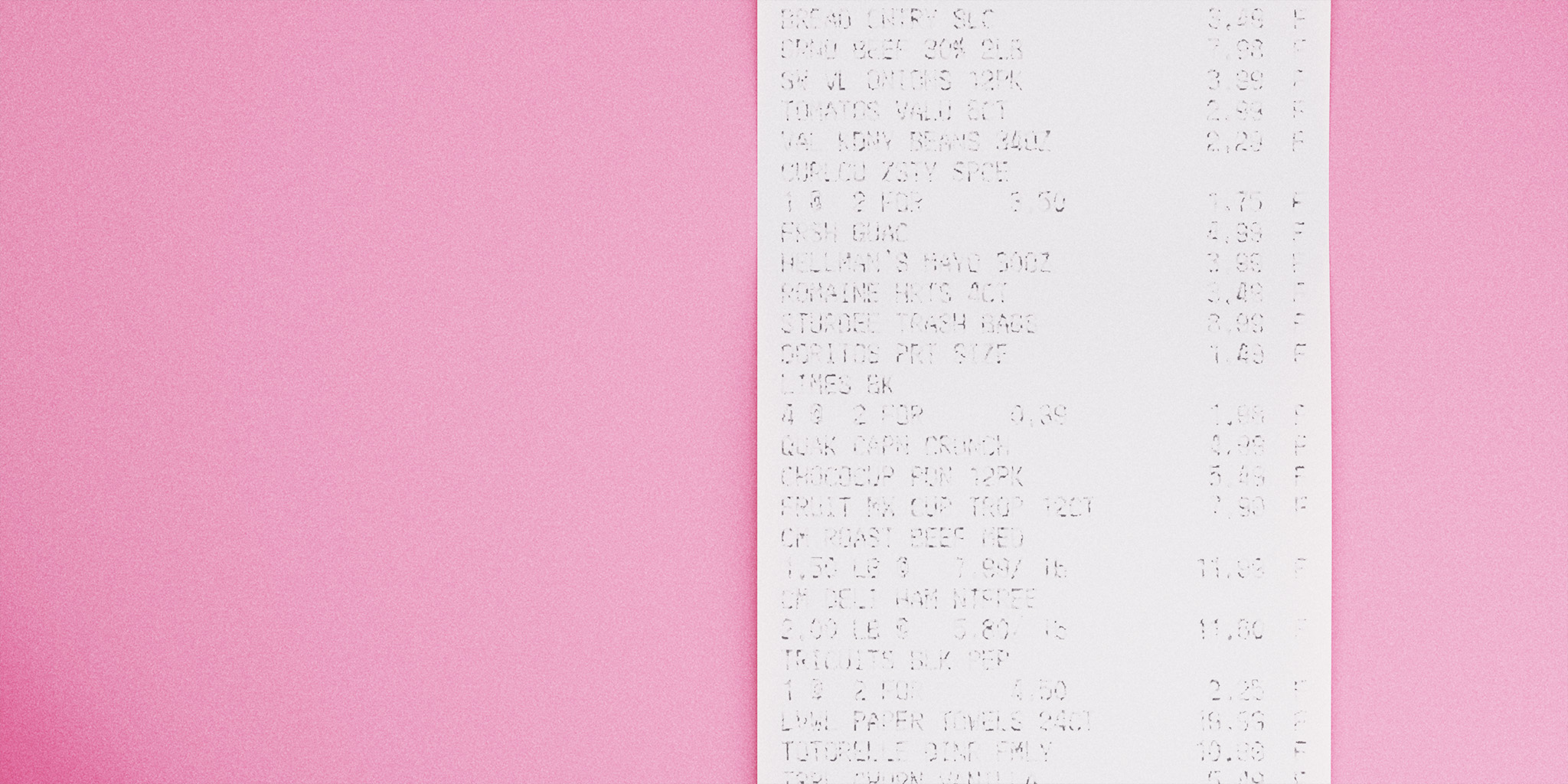How to Properly Store and Handle Thermal Receipt Paper to Maximize Its Lifespan
Thermal Paper is everywhere. It can be found punctuating every cashier transaction, affixed to every package we receive, and even stuck to the take-out bags we grab from our favorite restaurants. While our interactions with thermal paper are often brief and disposable in nature, how should we handle the paper when longevity does matter? What is the best way to store it prior to use? Once used, how do we preserve the printed image for as long as possible? Let's find out.
The Facts
How long you can expect optimal performance from thermal paper depends heavily on the paper type (or "grade"), where and how it's stored, and how well you avoid a few common pitfalls that can dramatically shorten its longevity. First, let's establish a few things.
Thermal paper's lifespan can be divided into two primary categories:
- Shelf Life, the length of time you can expect the paper to be capable of producing a high-quality image.
- Image Life, the longevity of the printed image itself.

Shelf Life
In ideal conditions, most standard grades of thermal paper will maintain optimal performance for a minimum of 3 years from the date of manufacture when stored at a temperature below 77°F and a relative humidity between 45 and 65 percent.
Does thermal paper "expire" after this period has lapsed? Not exactly. This is the period of time that most thermal coaters, the manufacturers of the original base thermal paper, guarantee the paper's performance. If you have thermal paper stock older than three years, it might be a good idea to periodically test its image quality before use.

Image Life
Once the paper has been printed on (or "imaged"), you can expect the image on standard-grade thermal paper to remain legible for a minimum of 7 years, if properly cared for. Top-coated thermal paper, a premium grade, can maintain its image for up to 25 years.
If longevity of your thermal paper (both before and after imaging) is a priority, proper storage and care is essential. Which brings us to our next section:
The Do's and Don'ts of Thermal Paper Handling

The Do's
-
Store in a climate-controlled location.
In part as a consequence of the heat sensitivity that makes it work, thermal paper's coating is susceptible to degradation in warm environments. Aim to keep the paper in a room with temperatures below 77°F (25°C) and a relative humidity between 45 and 65 percent.
-
Shield the paper from direct light sources.
Thermal paper's coating may yellow and its image can fade when exposed to direct sources of UV light, including sunlight and fluourescent lighting.

The Don'ts
-
Don't expose the paper to hot or humid environments.
Ever pull an old receipt out of your car's glove compartment, only to find the image faded to a mere shadow? Ambient heat was likely the culprit. By their very nature, thermal coatings are sensitive to it—that's how the image is created in the first place. Leaving the paper in a warm location will slowly degrade both the unused coating and the printed image.
-
Don't leave in direct sunlight.
Similar to ambient heat, sunlight and other UV light sources also interact with the thermal coating, producing an undesirable fading of the printed image. Shield the paper by storing it in a filing folder or other safe storage material.
Note: See materials to avoid contact with below. -
Don't put the paper in contact with certain materials.
Contact with specific materials can cause accelerated degradation of the paper's thermal coating and printed image. Among them are:
- Organic solvents, such as alcohols, ketones, ethers and esters
- Most plasticizers, including cellophane tape, PVC films, polyethylene glycol (PEG), and more
- Petroleum-based solvents, such as gasoline or benzene
- Both Carbon and Carbonless paper coatings used to produce multi-ply printed copies
- Ammonia and any ammonia-based cleaning fluids
A Note on Top-Coated Thermal
Top-coated thermal has an additional protective coating layered above the standard thermal coating to insulate the printed image from damaging contact with moisture or incompatible materials. Though the image may still be harmed by prolonged, severe exposure (such as inundation), this coating provides significant protection from temporary or surface contact with these substances.
The top-coating also creates a buffer, separating the thermal image from the normal wear-and-tear of general environmental exposure. This is often sufficent to extend the expected lifetime of the printing to upwards of 25 years, when stored in climate-controlled conditions.
